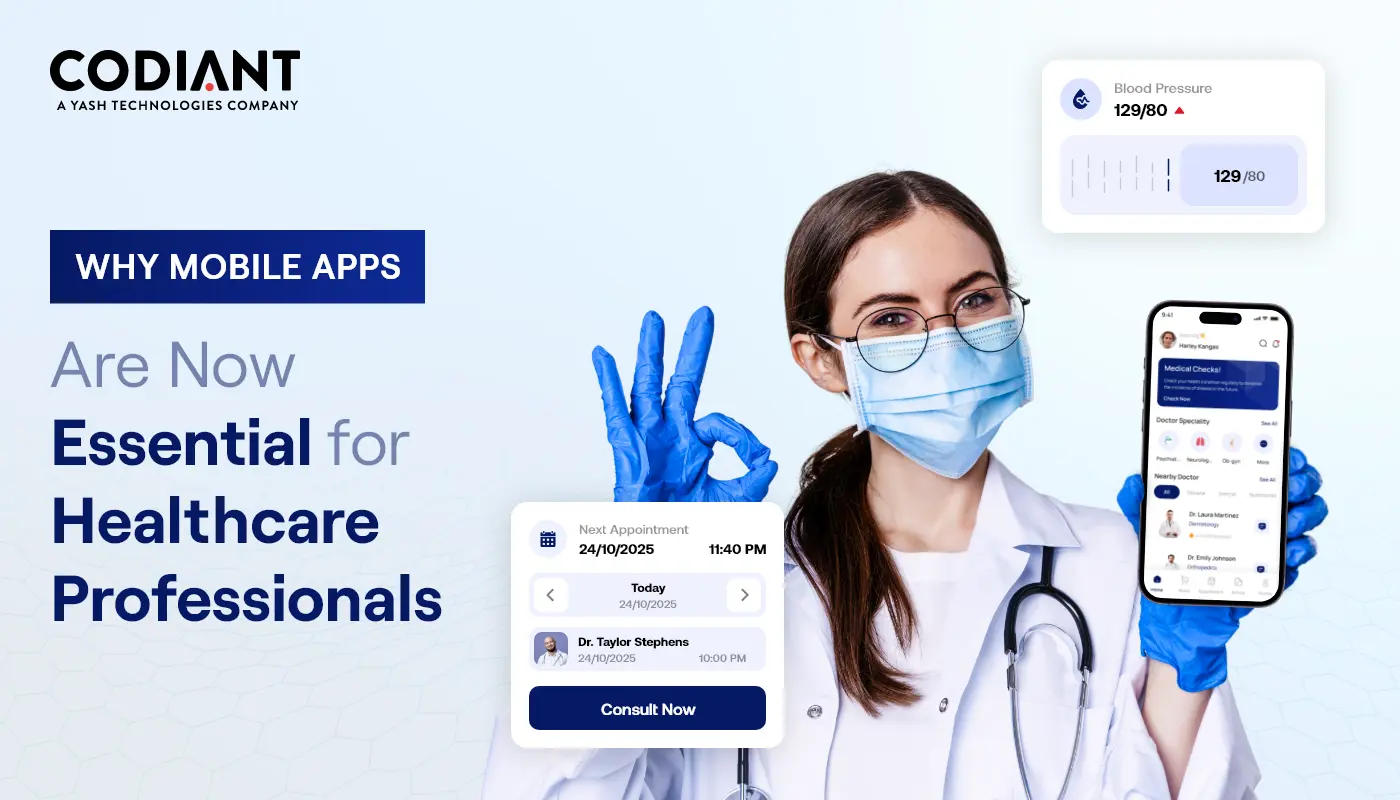5 Best and Proven Test Data Management Practices
Table of Contents
Subscribe To Our Newsletter

In today’s modern and interconnected world, test data management is crucial for various reasons. Test data management leads to an accurate, reliable, and secure process in quality assurance testing.
This strategic test data discipline involves the planning, generation, masking, and maintenance of test data. Besides, it creates a controlled environment where applications can be thoroughly tested before deployment.
With vast amounts of data being generated daily, quality data management helps arrange and categorize this information. It makes the process to locate and using data easily when needed.
About Quality Data Management
- Quality data management means organizing and handling data carefully to make sure it’s accurate and meets the organization’s standards.
- It includes steps to collect, store, process, and use data properly.
- The goal is to have reliable data for good decision-making and efficient operations. This involves keeping data accurate and complete from start to finish.
- The process uses a strong framework for data governance, setting clear standards for data quality, and using technology that checks and cleans up data.
Know Your Data for Effective Management
Understanding your data is like having a map for your journey in test data management. Before diving into testing, take the time to understand the types of data at your disposal.
There are four main ways to create test data for a testing team in the software development life cycle.
- Production Data
- Data Subsets
- Masked Data
- Synthetic Data
Define Testing Goals
A successful journey requires a well-defined destination. Similarly, effective test data management starts with clearly outlining your software testing trends and goals. Consider this as plotting a course on your map. Knowing where you want to go ensures that your test data management journey has direction and purpose.
You should improve test data management in the specific segments
- Data quality to meet the high-fidelity test data requirements.
- Data security to reduce the risks of security and precision.
- Data delivery decreases the time to deliver test data to the development phase.
- Right infrastructure costs reduce the expenses required in data storage and test data archives.
Let’s dive into five proven and best test data management practices that help improving test data processes. These test data management practices make your test data management efficient, accurate, and reliable.
5 Best Test Data Management Practices

1. Keep Secrets Safe with Data Masking
Think of data masking like a magic cloak for your precious gems. It safeguards important details by replacing, encrypting, or mixing real data with made-up or anonymous data.
- The process ensures that sensitive information remains confidential during various non-production activities.
- These activities include software testing or analytics. The process involves creating a similar structure but inauthentic version of the data. This makes it challenging to trace back to the original information.
- This helps organizations comply with data privacy regulations, secure sensitive information, and maintain confidentiality. Yet, it allows for effective testing or analysis.
2. Smart Moves with Subset Selection
Testing scenarios often require a subset of data that represents specific conditions, allowing testing teams to focus on some functionalities or use cases. By selecting subsets of data, organizations can streamline testing processes, save resources, and improve the efficiency of quality assurance activities.
- Be smart while selecting the data and create smaller sets for different jobs. If you’re testing an e-commerce website, you don’t need all the data at once.
- Pick the only data that you need. This is called subset selection. It makes things easier to handle. So, be wise while choosing the right set of data.
- In a database containing customer information, a testing team might choose a subset that includes only customers from a specific region. The customers involved are those who made recent purchases, or those with specific characteristics.
3. Follow the Trail with Data Versioning
Keeping different versions of data is important for keeping track of changes during testing. If there’s a problem, having old versions helps find and fix it easily. It also makes debugging simpler.
- Think of data versioning as creating checkpoints in a journey. It enables organizations to navigate through the history of data changes, providing a mechanism for both accountability and troubleshooting.
- This practice contributes to data integrity, making it easier to manage and analyze datasets in dynamic and evolving environments.
- When you make changes in the software, take a picture of your data – this is known as data versioning. This helps you find what went wrong in the software and fix it faster. If you find a bug in the software product, you can check the pictures and see how it looked before.
4. Set Data and Wait for Automated Refreshes
Instead of doing a manual update in the test data, let automation do the job. Schedule your data to refresh automatically. For this, you can set a reminder for your data with automated refreshes. This way, your data will always be ready for action and yield the right test results.
- Automated refreshes involve scheduling routines that automatically update datasets. It allows data to remain relevant after testing, development and analysis.
- Once these automated processes are configured, they operate on a predetermined schedule. This eliminates the need for continuous manual oversight.
- It simplifies the management of data by reducing the manual effort involved in keeping datasets up to date.
5. Collaborative Data Approach
You might have heard “teamwork makes the dream work”. Testing is the same – teamwork makes everything smoother. So, bring everyone to the same team huddle – developers, testers, and operation folks in test data management.
- Ensure effective communication and coordination to streamline the Test Data Management process.
- It helps organizations to break down silos and create an environment where all teams work together to achieve common goals.
- Enhance the overall testing experience and contribute to the success of testing initiatives.
The main goal is happy customers and long-term success! Test data management practices help make sure the software works right, contributing to happy customers. When customers are happy, the product succeeds, and test data management is key to that success.
TDM is beneficial in a lot more ways. Below are some great benefits of test data management. Have a look.
Benefits of Test Data Management

1. Faster Testing Leads Happy Developers
Time plays a vital role in testing. Test data management speeds up testing by giving developers the data they need quickly. Happy developers mean faster results and quicker fixes. Thus, faster testing methods make everyone smile.
2. Data Privacy Keeps Secrets Safe
Think of your data like a diary – it holds your secrets. Test data management makes sure that your data secrets stay safe. It protects sensitive information during testing, like a lock on your diary. This not only follows the rules but also keeps your data safe from prying eyes, giving you peace of mind.
3. Avoiding Data Mess
Imagine playing in a clean and tidy playground – it’s more fun, right? TDM keeps your testing playground clean by managing data smartly. It avoids clutter and confusion, making testing simpler.
4. Minimizing Data Risks
Test data management lowers the risk of problems with data. It spots possible issues before they get serious. Just like a helmet keeps you safe on a bike, test data management protects your testing journey from surprises. It ensures a safer and smoother ride.
5. Compliance Followed with Rules
Every game has rules and testing is no different. The test data management techniques ensure you play by the rules, especially regarding data privacy and regulations. It helps you stay compliant, ensuring your testing journey is fair and legal.
TDM is evolving. You should know test data strategies 2023 for effective test data management.
New Approaches in Test Data Management

1. DataOps Integration
DataOps is like teamwork for smooth data flow. It collaborates development, testing, and operations to help teams work together. When added to test data management, it speeds up and improves testing. This makes testing run smoothly and in synchronization. To further enhance data efficiency and maintain consistency across platforms, integrating Clevertap to Snowflake allows teams to automate data transfer and keep analytics and testing environments fully aligned
2. Self-Service Data Provisioning
Imagine a world where testers can access the data, they need without waiting in line. Self-service data provisioning is making this a reality. This approach allows testing teams to request and access specific data sets independently. Hence, it reduces dependencies and accelerates testing cycles.
3. Synthetic Data Generation
Creating realistic test situations is becoming popular through synthetic data generation. This means making artificial, but very realistic sets of data that look like real ones used in production. Testers can use these to make-believe different situations and do thorough testing without risking sensitive info.
4. Shift-Left Testing
Shifting left in the testing process involves bringing QA tasks earlier in the development lifecycle. This means incorporating data provisioning and testing strategies at the beginning of the software development process.
5. Data Privacy Automation
As concerns about keeping data private increase, it’s important to use automated tools. These tools help find and hide sensitive info in test data. Automated data privacy keeps sensitive data safe, lowers the chance of problems, and follows privacy rules.
6. Cloud-Based Test Data Management
Implementing the cloud for test data management offers scalability and flexibility. Cloud-based solutions provide on-demand access to resources. This enables organizations to scale their testing environments as needed.Organizations can pick and choose the resources required for efficient and adaptable test data management.
Challenges in Test Data Management

1. Data Privacy Puzzle
It is quite challenging to keep sensitive information safe. Privacy rules are like guardians, and we need to play by their rules. It means being super careful with personal and private data. It’s like protecting a treasure chest – you can’t let just anyone have the key.
2. Handle Data Complexity
Data is not always simple. Handling complex data structures during testing is like opening those knots. The biggest challenge is to sort out the data and it should make sense for all the tests. If the data is all tangled up, then the results will be inaccurate.
3. Compliance Complexity
There are rules and regulations for everything, and data is no exception. You can’t skip the steps while ensuring compliance with data regulations. However, it can add a complexity layer. Hence, it is important to follow the pattern to avoid further issues.
Test data management practices promise systematic testing, control sensitive data, comply with regulations, reduce testing costs, and improve test results with quality and ISO certified service provider like Codiant.
Featured Blogs
Read our thoughts and insights on the latest tech and business trends
Top Reasons Why Healthcare Providers Need Mobile Apps Today
- October 27, 2025
- Healthcare
If you’ve been to a clinic lately, you might have noticed something new-paper forms are almost gone and screens are everywhere. From booking doctor visits online to checking your recovery updates on your phone mobile... Read more
Which is Better for Your Business in 2025- Chatbots or Conversational AI?
- October 22, 2025
- Artificial Intelligence
In a Nutshell: Chatbots = Simple & Fast- Great for FAQs, appointment bookings & routine customer support. Conversational AI = Smart & Scalable- Uses NLP and machine learning to understand context, personalize replies & handle... Read more
Why Hiring Full-Stack Developers Makes More Sense for Complex Projects
- October 17, 2025
- Staff Augmentation
Let’s start with the obvious- software projects are messy. They never roll out like those neat diagrams in pitch decks where every arrow points forward and nothing breaks. Complex projects - think SaaS platforms, enterprise... Read more




